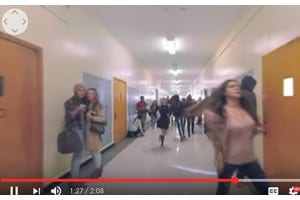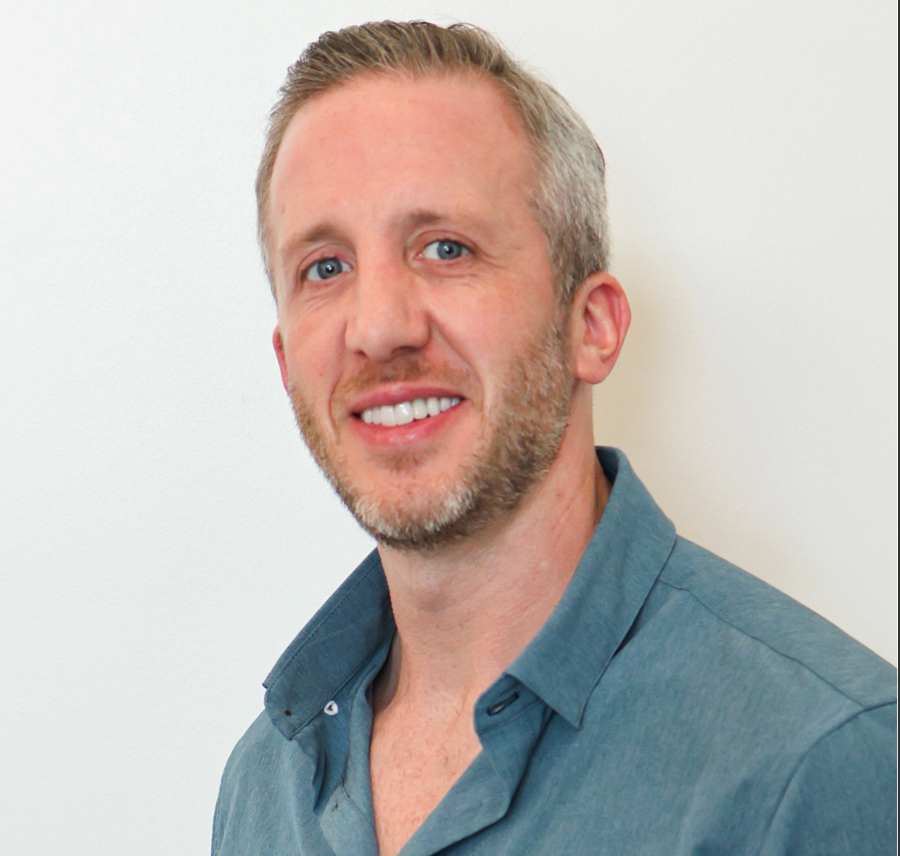
Aqua Pharmaceuticals is using virtual reality (VR) to make dermatologists feel young again—that is, young as in teenage, awkward and self-conscious.
At the recent American Academy of Dermatology (AAD) annual meeting in Orlando, Aqua launched a new campaign, “Picture Day,” that utilized VR to give dermatologists a chance to experience life in their young patients’ acne scarred skin.
The immersive VR experience, created in partnership with The Marketing Arm, was designed to give doctors a better understanding of how unfriendly glances and double-takes can make simply walking down a hallway at school feel like a gauntlet of discomfort and shame. At the same time, the campaign gives Aqua, which focuses solely on dermatology, a chance to start a conversation with professionals how its line of product can help.
This is the first move for Aqua Pharmaceuticals in the advertising space, which has historically been sales-centric, says Jim Demaioribus, vice president of marketing at Aqua Pharmaceuticals.
“It’s a departure for the industry,” says Demaioribus. “These conferences tend to focus solely on the science, and we wanted to take a step back and look at the patient. Skin conditions are very visible and it can be emotional for the patient—dermatologists need to have a lot of empathy.”
At the AAD meeting, doctors visiting Aqua’s booth could put on VR headsets and watch the two-minute video, which puts them in the skin of a teenager as they go from a classroom through the school hallway (you can see it on YouTube here). Given that there were thousands of dermatologists at the event, the video was kept short (about two minutes) so as many people as possible could experience it.
“It really hit home and reminded the doctors why they do what they do,” says Demaioribus.
Contact information on visitors to the booth was collected, and email follow-ups reinforced the branding message. A link to the video on YouTube was shared in the emails, so doctors could share it with colleagues who didn’t attend the ADA event.
It’s difficult to judge the actual ROI of the campaign, which was primarily a branding initiative, said Demaioribus. The video will be leveraged throughout the year at other conferences to continue the engagement.
Related Articles:
Hiscox Continues Focus on the Positive With “I’mpossible”
PURLs Engage Nationwide and Yodle Direct Mail Recipients
Marketing Automation Boosts Engagement for GM Nameplate



